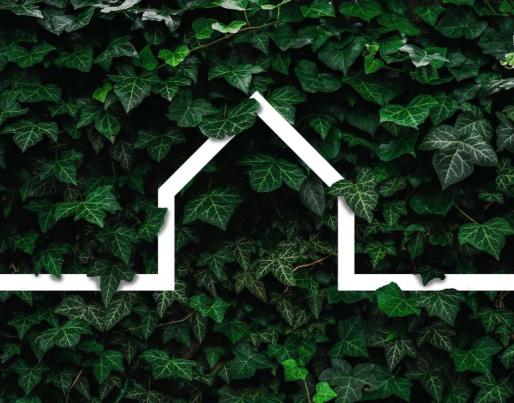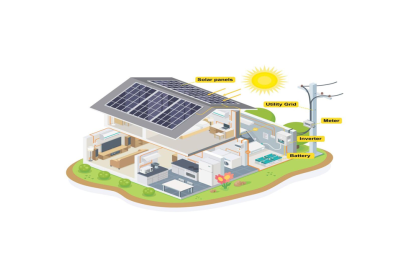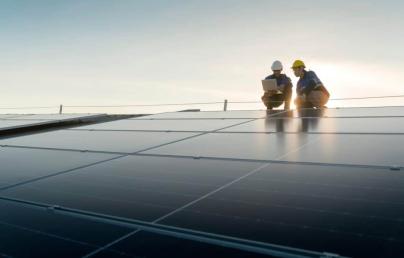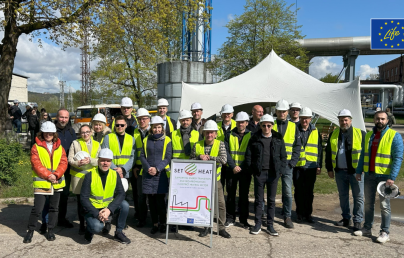12 certifications to make the built environment more sustainable

12 certifications to make the built environment more sustainable
Certification and declarations of buildings are becoming more and more important in order to effectively make the built environment sustainable. There is a long non-exhaustive list of different certifications which are published on the 2050 Material platform.
Need for certifications in the built environment
A sustainable built environment is one that is designed and built for longevity, assembly/disassembly, reuse, and circularity, considering climate impacts, and making use of materials and products that are healthy, safe, non-hazardous and have low carbon impact. Certifications and declarations in the construction space help in assessing the environmental and social performance of a building material and ensuring that the product is responsibly sourced, is devoid of hazardous chemicals, healthy, safe, and sustainable. These certifications also help in keeping different stakeholders along the value chain in the construction space aligned through the process of designing and constructing sustainable buildings.
At 2050 Materials, these certifications are an integral part of the products that are listed on the platform, communicating their environmental and social performance. It is a non-exhaustive list aimed at being expanded with time. Read below to understand each certification and datasheet found on the 2050 Materials’ platform.
List of certifications and datasheet found on the 2050 Materials’ platform:
- Cradle to Cradle certification
- Environmental Product Declaration
- Cradle to Cradle Material Health
- Level Certified BIFMA
- AFRDI
- Indoor Advantage
- NaturePlus
- ISO 14001
- Declare Label
- GreenGuard Certification
- Health Product Declaration
- Forest Stewardship Council Certification
Read the full article and find more information for each certification here.


